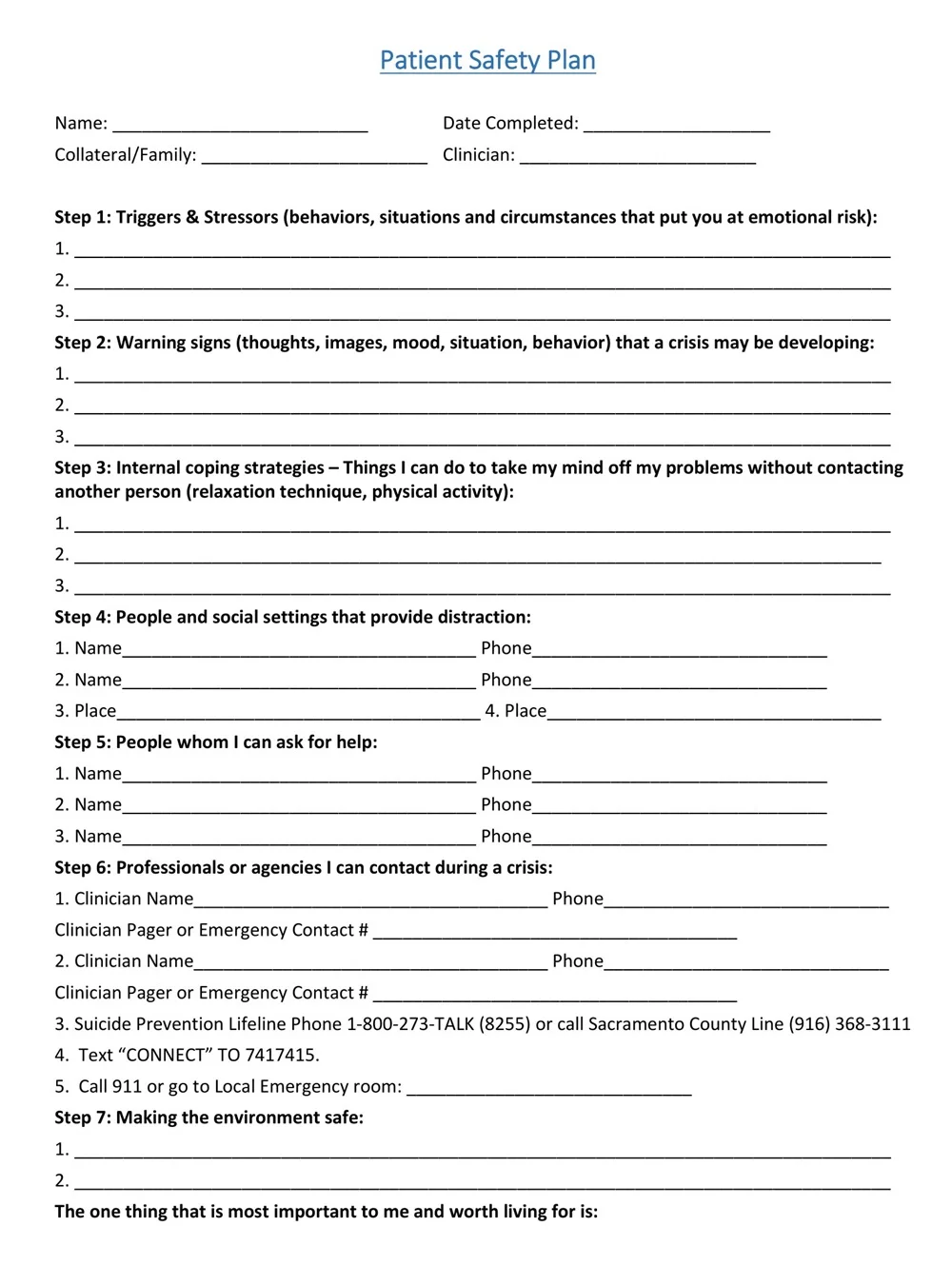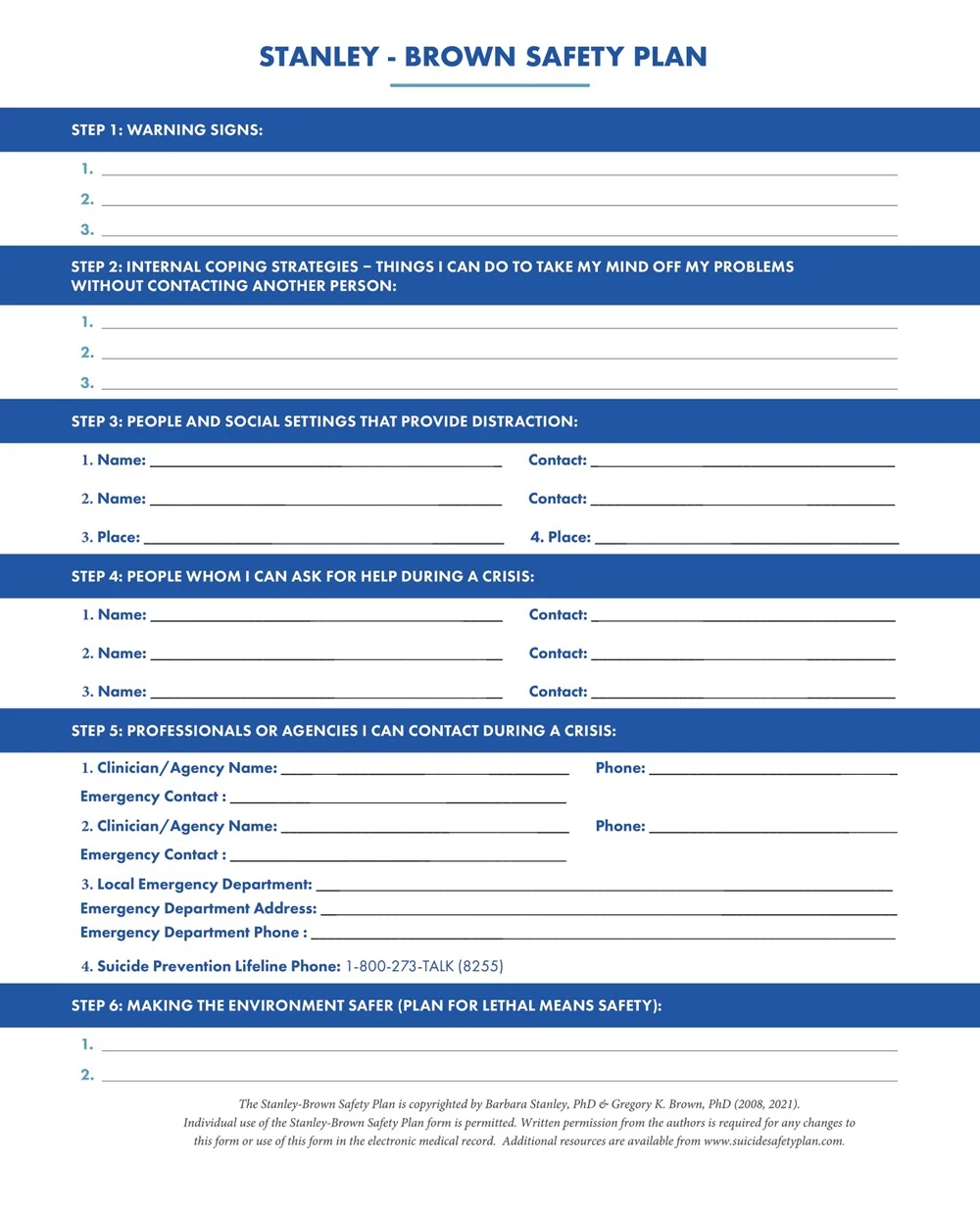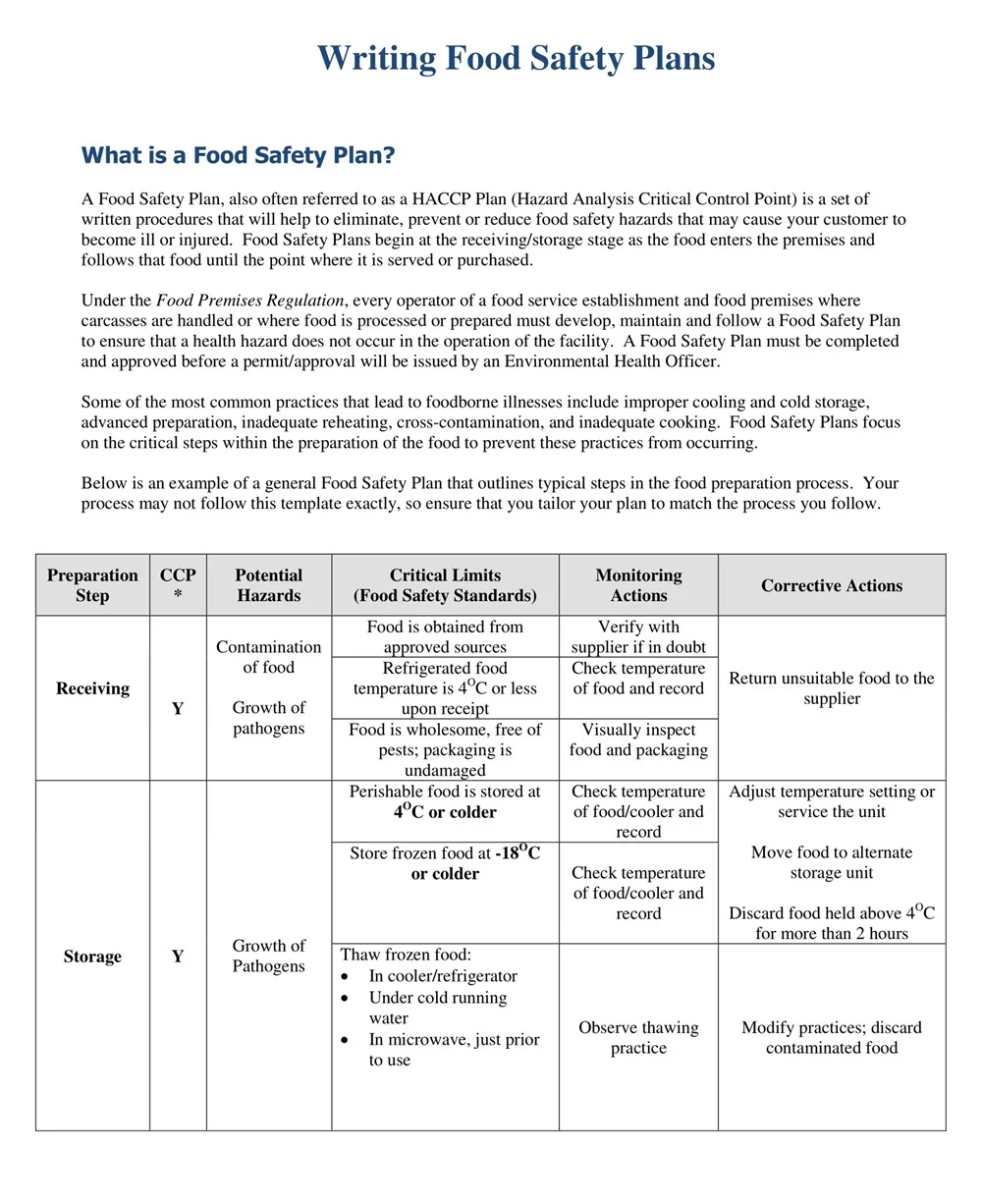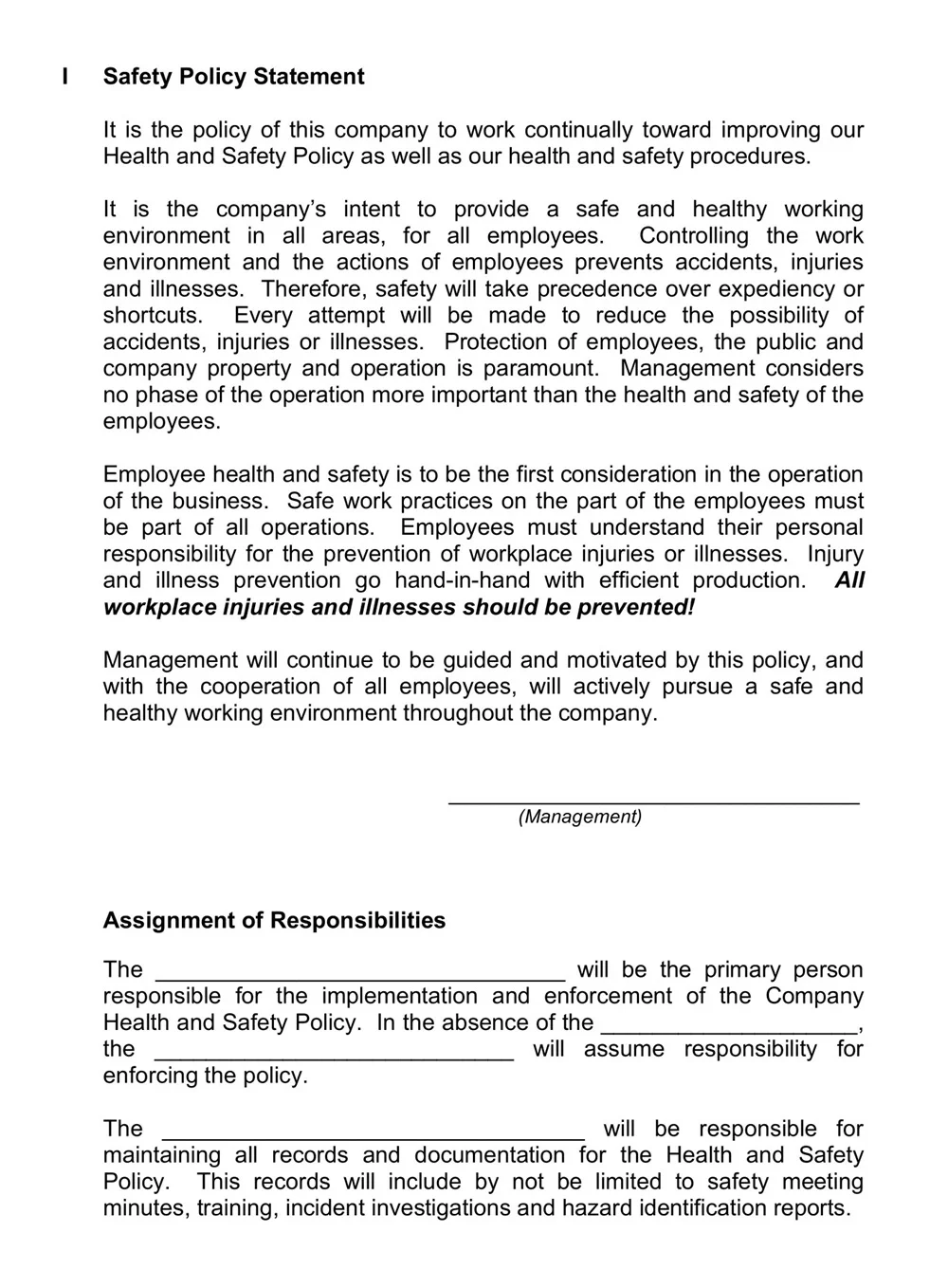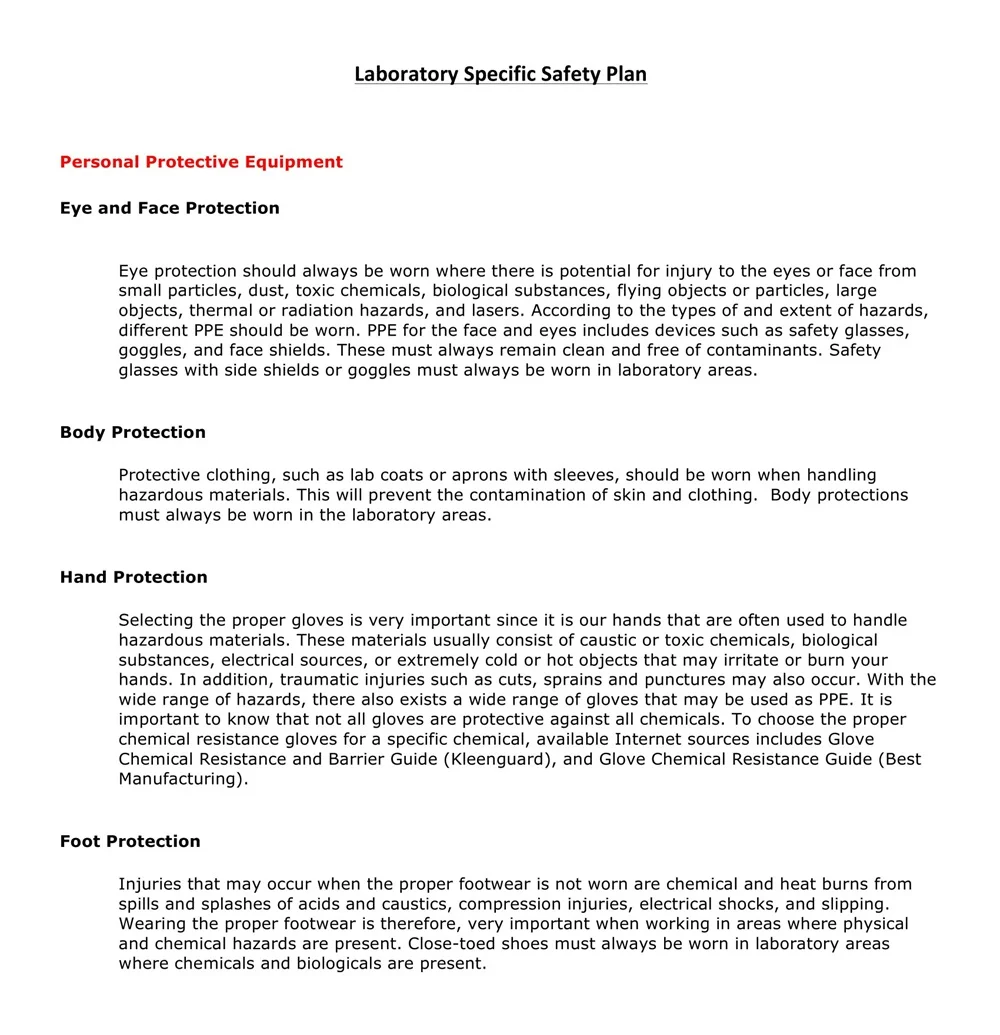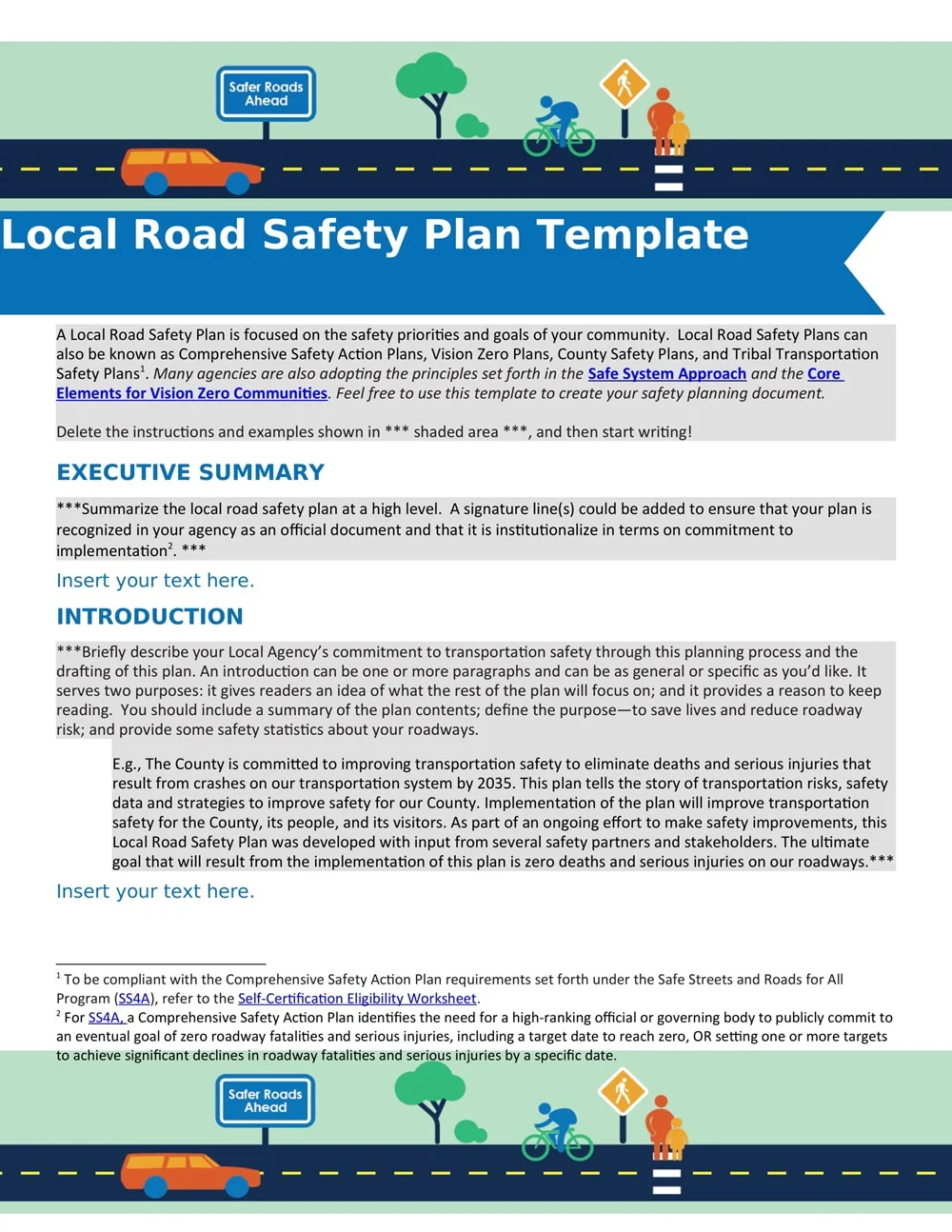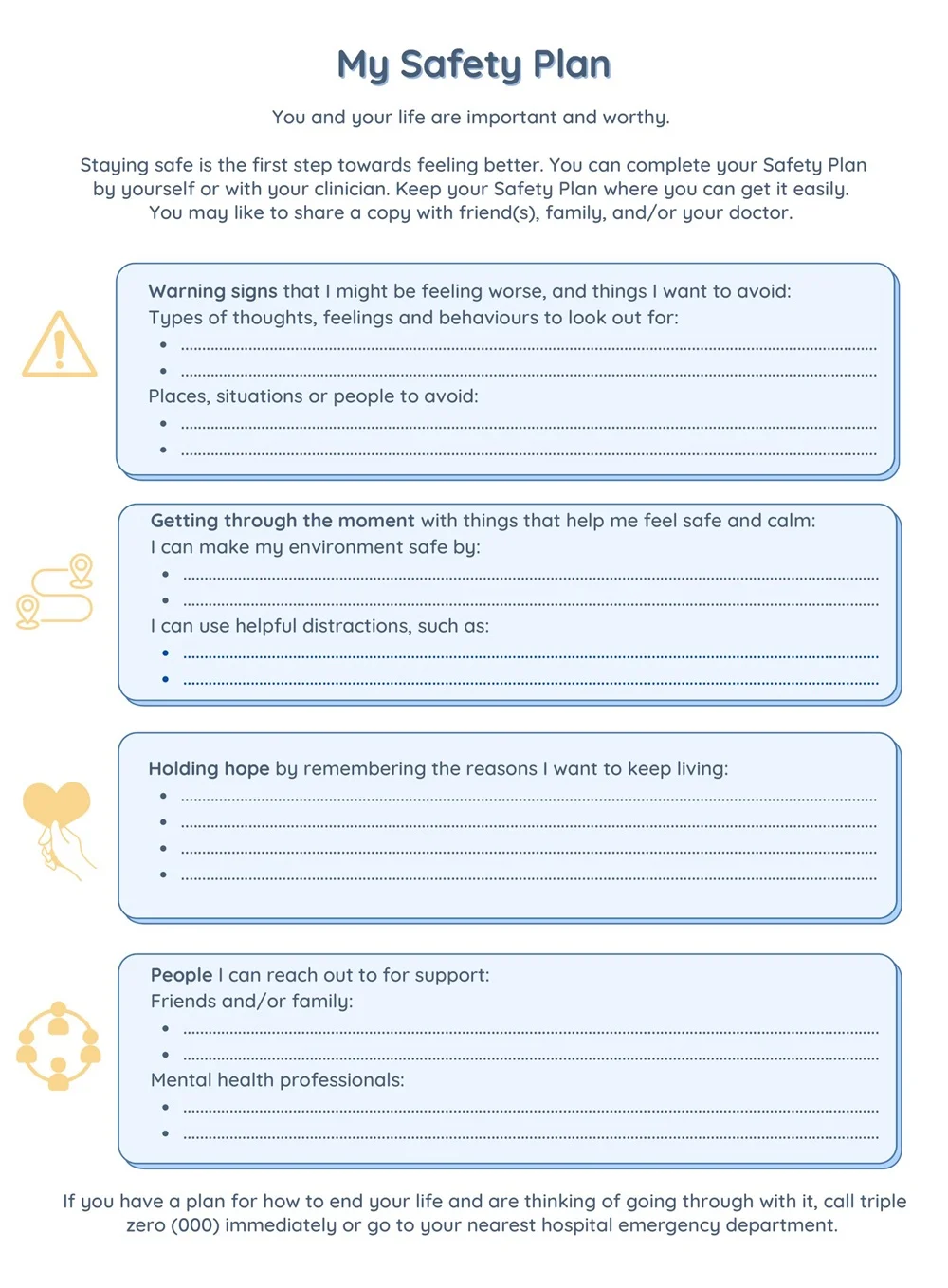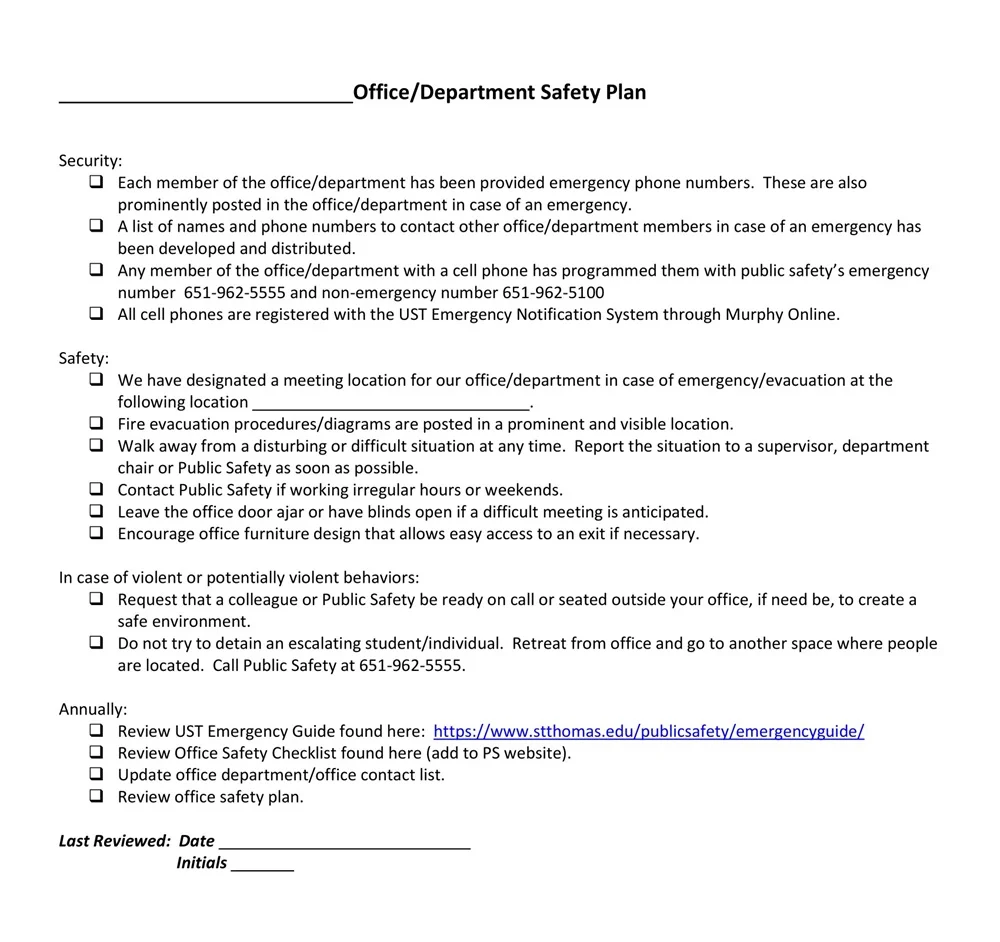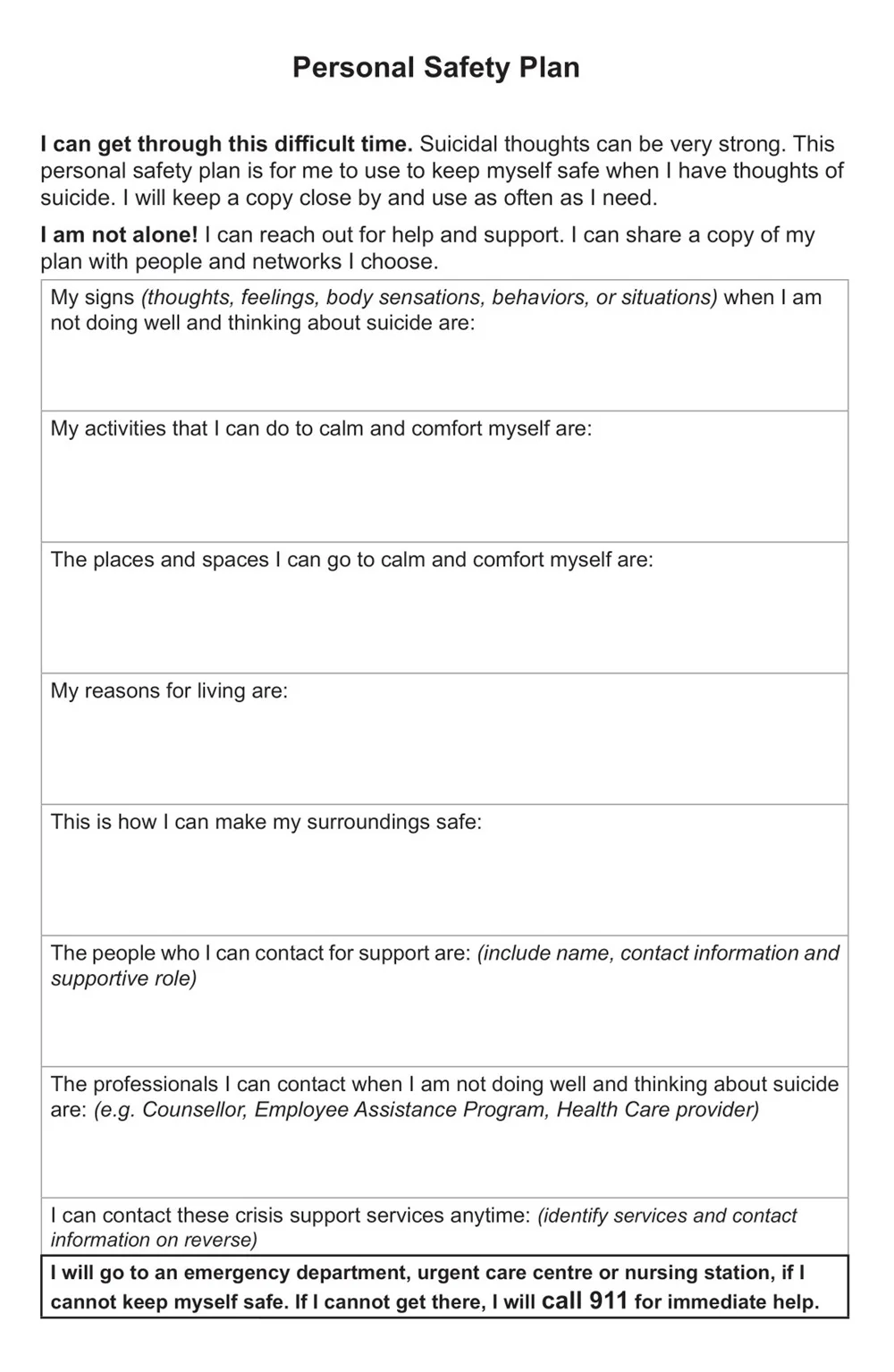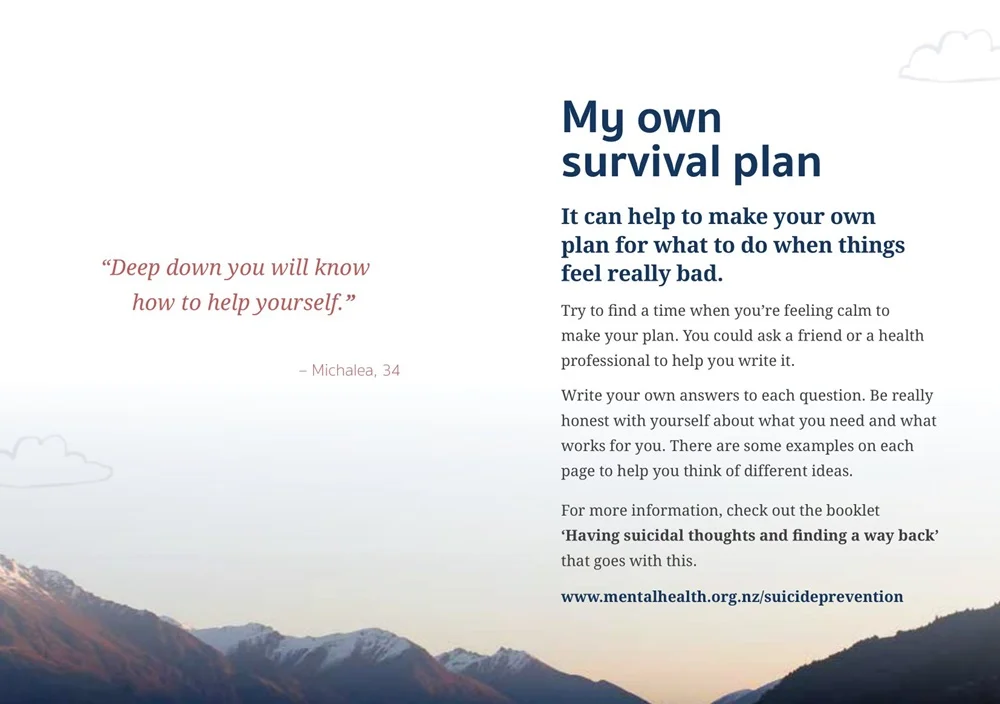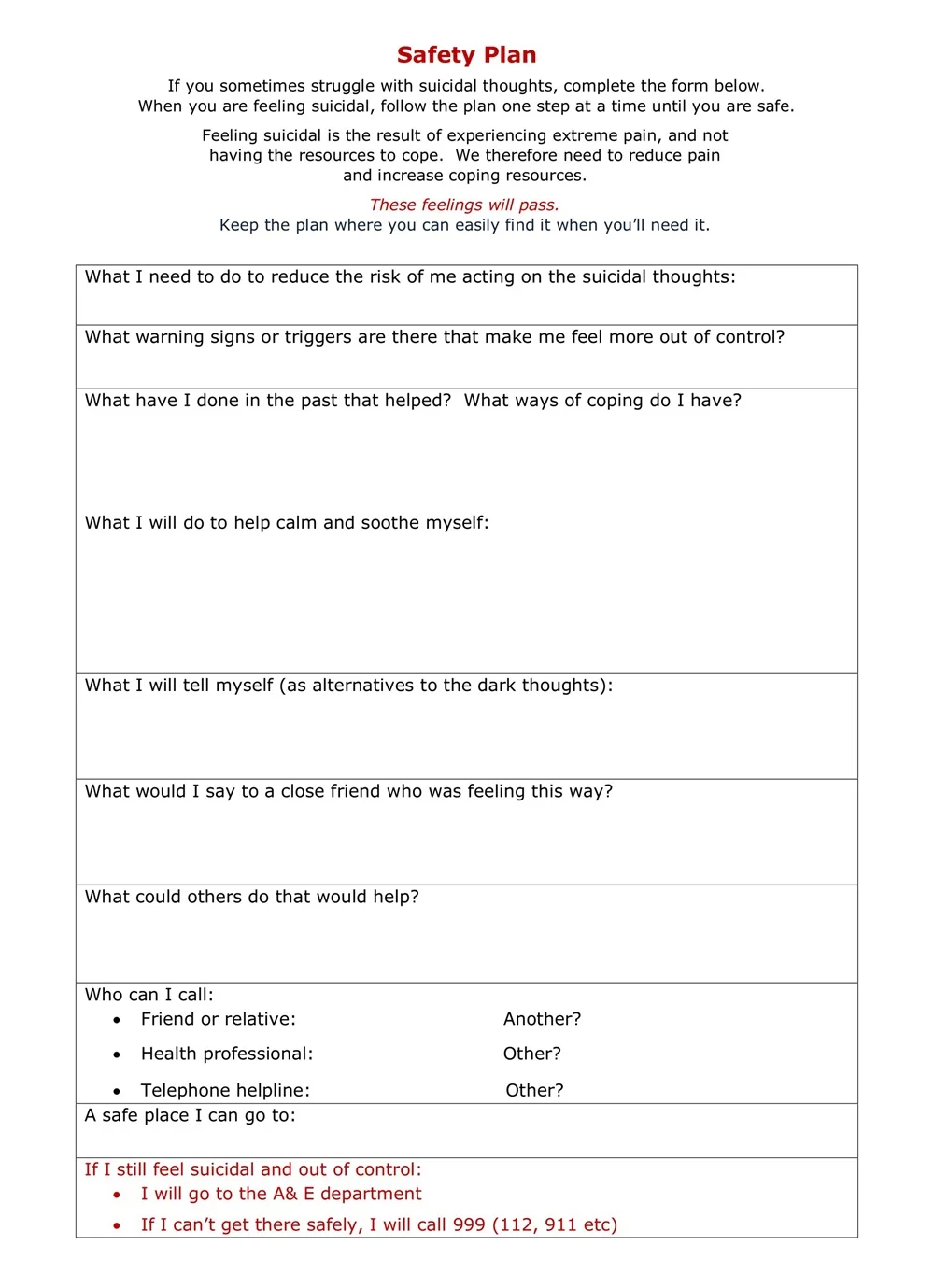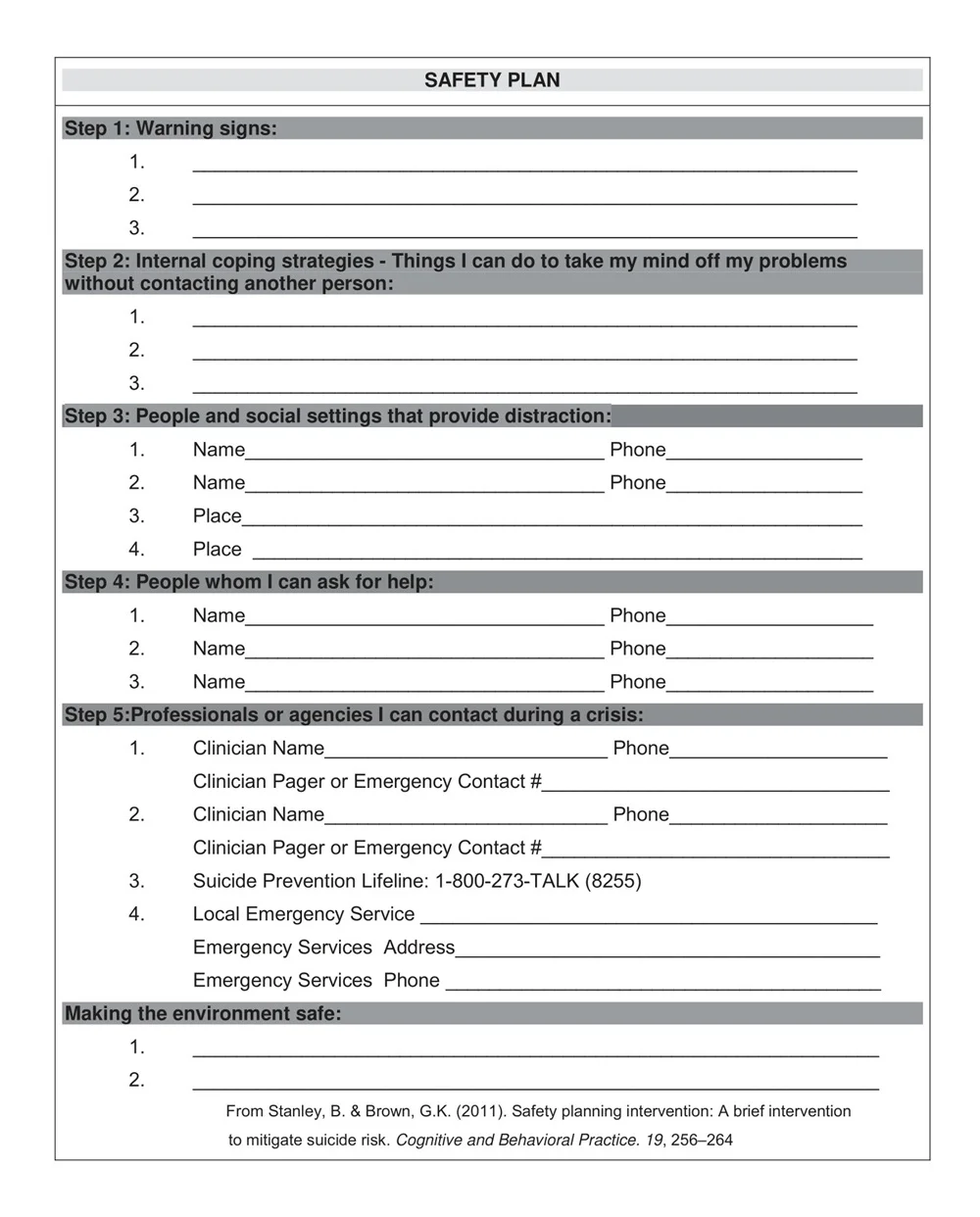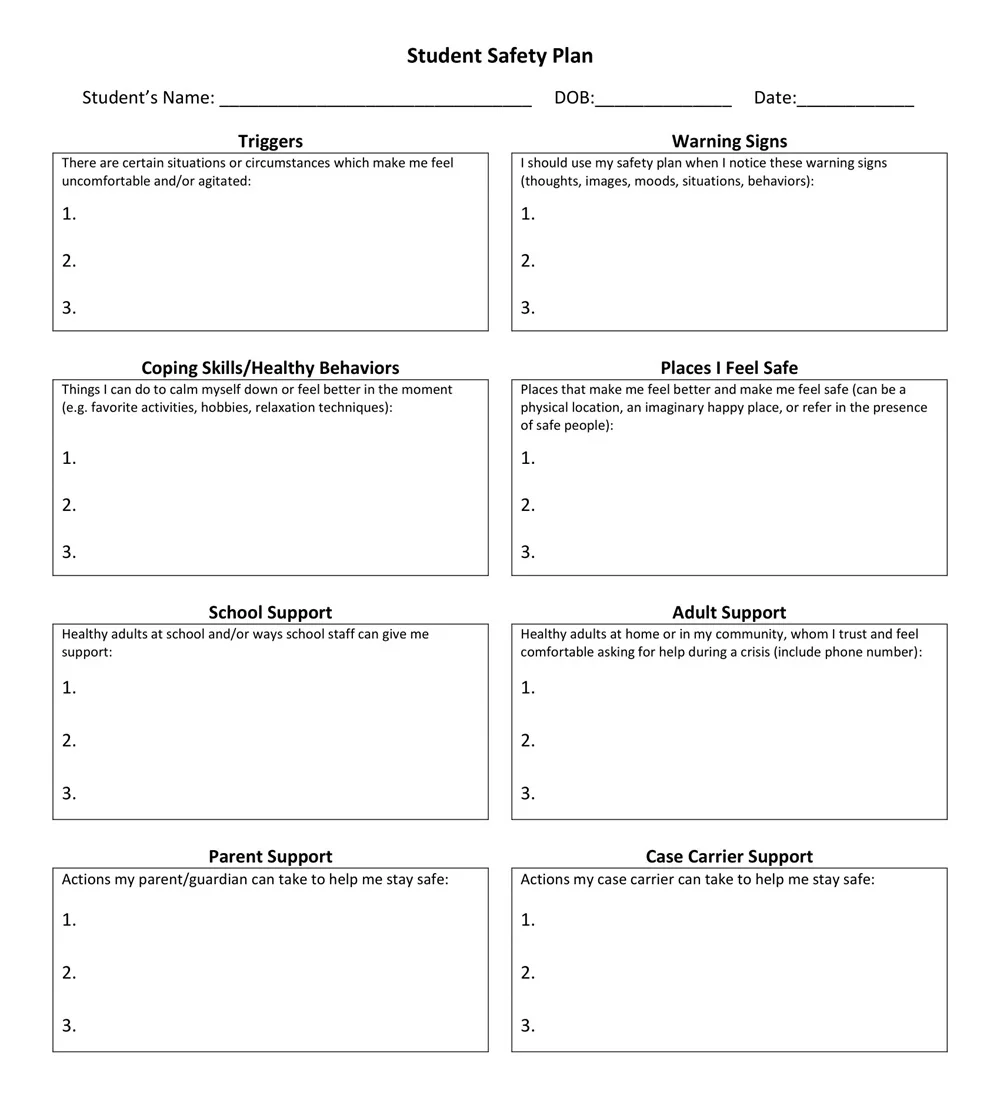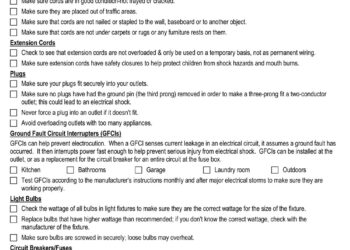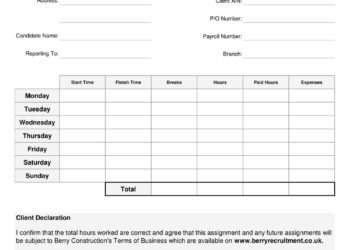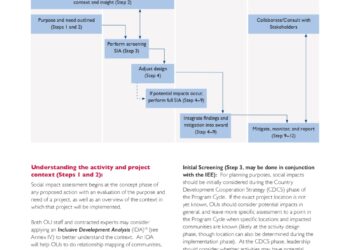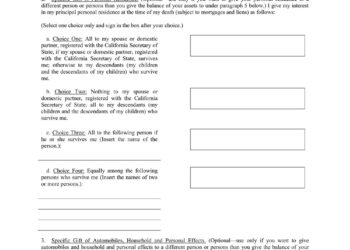A safety plan template is a document, which is designed to be modified according to the particular needs of the organization, that contains the procedures and measures that the company adopts to make sure that the employees, customers, and visitors are safe and healthy.
It is a guide to the possible dangers, the ways of safety procedures, and the way to handle emergencies. A well-drafted safety plan is proactive, which means it is created in advance based on the dangers that may arise, and thus, the hazards are controlled before they become incidents.
Download Free Sample Safety Plan Templates
Blank Patient Safety Plan Template |
Brown Safety Plan Template |
Children's Camp Safety Plan Template |
Education Safety Plan Template |
Food Safety Plan Template |
Health and Safety Plan Template |
Laboratory Specific Safety Plan |
Local Road Safety Plan Template |
My Safety Plan Template |
NY Forward Safety Plan Template |
Office Safety Plan Template |
Patient Safety Plan Template |
Personal Safety Plan Form |
Personal Safety Plan Template |
Safety Planning Template PDF |
Safety Planning Worksheet Template |
Safety Plans Work Template |
Sample Safety Plan Template |
Simple Safety Plan Template |
Student Safety Plan Template |
What is a Safety Plan?
A safety plan is a personalized, attainable plan that tries to decrease the chances of danger and shows the particular measures to be followed during the crisis. It acts as a preventive tool, that is, stressing people and institutions to deal with emergencies of all kinds such as mental health problems, natural disasters, or workplace incidents.
Almost all generic safety advice does not apply to the particular requirements and situations of the person or entity for which it is intended. A safety plan is different from generic safety advice as it is customized to the special needs and situations of the person or entity it is created for.
Key Elements to Include in a Safety Plan
A reliable safety plan must be specific, short, and available to all workers. Here are the essential components to include:
1. Risk Assessment
The initial phase of establishing the safety plan segment implies rating the risk assessment. This activity begins with recognizing hazards that may exist, the ones that have high risk to the person, property, or the environment. Let`s outline the type of hazards like machines, chemicals, ergonomics and even psychological factors which involve stress and bullying at the work place. grasping these risks would give the mechanics the opportunity to create programs directed on avoiding them.
2. Preventive Measures
While identifying risks gives you a comprehensive list of possible accidents, an action plan outlines the preventive measures you will implement to minimize these hazards. Such tasks can be comprised of safety classes for workers, maintenance checklists for machines, site changes, and the development of operating systems for toxic chemicals. Definitely, it is not just about evading mistakes but also about making a document on planned steps which can be easily utilized in your cause.
3. Emergency Response Procedures
Even if the measures for emergency are very broad, emergencies can happen in the middle of it. Rework the process to be more comfortable emergency response plan which include many kinds events (fire, medical emergency, natural disaster, security threats) different procedures. Define the steps to be followed in most typical emergencies such as evacuation routes, wherever to gather up, and ways of communication. Appoint role bearers and grace them with duties to guarantee integrity and efficiency of the process.
4. Training and Communication
Beyond any doubt, the efficacy of the implemented safety plan is determined by the individuals who implement it. However, the most important prerequisite is a weekly training, which will allow every employee to gain a clear understanding of the safety rules and their duties during serious situations. Furthermore build proper routes for the reporting of hazards, incidents, and near misses. Encourage an open culture through which safety issues are solved as soon as possible without any kind of repercussions being determined.
5. Complaint and Conducit Of Incident Investigation
A reporting and a due investigation process of the incidents should be developed which will serve to unmask their origin. Here, besides, this is a way to keep up with the regulatory requirements, it is also a deficiency mode of future cases. One fundamental responsibility is to record all the incidents of safety and the lessons that can be obtained from them in order to fine-tune your safety plan.
6. Review and Revision
Safety planning is an activity that goes over again and again rather than a one-time task. The safety plan requires being reviewed and updated periodically to take into consideration the changes that might happen at work, the composition of your workforce, the regulations that might change and industry best practices that might have been reworked. Engage employees through this process to get feedback from the workers who we deal with issues in a daily base and ensure that the employees are bought in the safety initiatives.
Types of Safety Plans
Here re some types of Safety Plans:
1. Workplace Safety Plan
The comprehensive workplace safety plan represents the core structure of an organization∼s safety practices. It is an umbrella term for a plethora of policies and plans, all intended to maximize workplace health and safety by mitigating hazards and preventing accidents.
Components:
- Risk Identification: Work hazards assessment.
- Grammar: Entorsement (epression)
- Preventive Measures: Risk reduction measures of the categories that have been assessed.
- Emergency Procedures: Instruction to follow after an accident or emergency is provided.
- Training Programs: Providing training to employees on reaction practices and measures for the disaster.
- Equipment Maintenance: Periodic service and safety check of the life saving appliances.
Application:
Provide a practical and widely applicable training specifically designed for all the work environment ranging from offices to manufacturing plants so that everyone in the workplace will be knowledgeable of the safety practices.
2. Fire Safety Plan
Keeping a fire protection plan is something the law requires each business to have. It should specify the means and steps for fear of fire ignition and being prepared for possible fire events.
Components:
- Fire Risk Assessment: Detection of fire hazards and identification of persons at risk.
- Fire Prevention Measures: The actions that are aimed at preventing the fire from being initiated.
- Evacuation Plan: A clear plan for evacuation during eminent danger.
- Firefighting Equipment: Provide defining information relating to device installation and use like extinguishers.
- Training and Drills: Personnel in charge of fire safety will conduct training as well as evacuation drills regularly.
Application:
Amendments to the safety code adopted as a mandatory requirement for all the establishments and what is especially important is the critical situation when the buildings are dealing with flammable materials. Flammability and egress options should be considered as well.
3. Construction Safety Plan
With reference to the construction sector in particular, the plan we elaborate below seeks to address the risks of accidents/injuries on construction sites by dealing with the hazards that are unique to such landscapes.
Components:
- Site Analysis: Analysis of the site to identify the existing risks.
- Protective Measures: Implement the measures of safety as PPE and the safety nets in place.
- Fall Prevention: Flaunty some pieces of strategy to oppose this, falls being a deciding factor for injuries.
- Equipment Safety: Guidelines devoted to the safe usage and functioning of construction machinery.
- Health Risks: Response to poisonous chemicals and elements exposure.
Application:
Being relevant to construction projects of any scale, those environments need to be protected from hazards since workers could be exposed to dangerous working conditions.
4. Chemical Safety Plan
Chemically safe plan is necessary every place that are in the business of storing, handling and using hazardous chemicals, which mainly will aims on minimizing chemical incidents and harm to workers.
Components:
- Chemical Inventory: A complete chemistry registration list of hazardous materials sites for safety measures.
- Hazard Communication: Information about the risks to be expected for each chemical and safety data sheet (SDS).
- Handling and Storage: Scenarios on how to safely use and store the chemicals,
- Spill Response: By providing directions to respond to chemical leaks or spills.
- Personal Protective Equipment: PPE without stricter regulations when handling harmful materials.
Application:
Critical for the work of laboratories, manufacturing plants and any kind of sites or rooms which are involved in the use and storage of hazardous chemical substances.
5. Environmental Safety Plan
A safety plan for protective environment purpose is employed for safeguarding environment from possible degradation by actions of a business.
Components:
- Environmental Impact Assessment: Conditions of environmental analysis for operations.
- Waste Management: Strategies for the reduction, mouth-guarding, or recycling of waste resources.
- Emission Controls: Pollution control with relation to air and water.
- Resource Management: A wise use of energy, conservation of water, less or zero waste and even a pollution-free environment.
- Compliance: Conformity to environmental laws and rules.
Application:
Particularly those industries having the sizable environmental symptomatic, such as the manufacturing, mining and agriculture, are well supported by them to keep operating as sustainable as possible.
Benefits of Using a Safety Plan
Utilizating an action safety plan for any project of an organization is the most important thing among the other issues for the sake of two different motivations: contributing to the individual’s well-being in the short-term and success of the project in the long-term. One of the major merits of a better security system is that it significantly decreases the chances of accidents and injuries meaning that a safer environment gets created where workers and stakeholders can operate in peace.
In addition to this, it aids in ensuring adherence to the legal and regulatory requirements and prevents the possibility of fines and legal problems. Implemented properly, safety plan helps to set the record on the importance of worker safety and good health, which then boosts the morale of the team and, in turn, increases the performance. Furthermore, it can incur cost savings by foreseeing and halting accidents that may cost respectively damages and idle time. Last but not least, the visible presence of a tangible safety plan helps build a company’s reputation, as it is more likely to draw potential employees, partners and clients who value safety and responsibility.
Common Mistakes to Avoid in Safety Plan
Ensuring a safety plan is in place and providing the proper measures for risk reduction are the key points to be considered when establishing a safe working environment. On the downside though, many companies get involved in common blunders that they face when planning. To be aware of the slip-ups as well as try to avoid them is the best game plan as this is the key to the success of any plan for safety.
Overlooking Employee Input
Employees can be reduced from safety thinking process resulting in a situation where risks might not be identified and risks underestimated. Staff members give valuable requirements based on their formwork and can add skill and knowledge to solve the work hazard problems.
Lack of Regular Updates
Safety plans should be written not for being immobile objects. It is necessary for there to be a periodic review and later updating to include new hazards, changes in operations or better safety principles in the existing regulations. While safety plans are vital, if they cannot be updated regularly, they become out dated and therefore be rendered ineffective for future use.
Inadequate Training
Despite the best written safety plan, their effectiveness is negated when its contents and procedures are poorly explained and implemented. Organizing and conducting the recurrent safety and readiness trainings enables workers to adhere to the safety and preparedness guidelines.
Insufficient Emergency Procedures
An often seen erroneous act is not including procedures that are specific about emergencies or the conducting of the drills that outlines emergency phenomenon on a regular basis. The knowledge being taken into account by employees on what to do in cases of emergencies is an irreplaceable one to prevent injuries and damage.
Physical Health and Well-being is Neglecting.
In the context of violence often appeared physical safety is sometimes overlooked despite the psychological domain. Contrary to popular opinion, a comprehensive safety plan requires the inclusion of options that are devoted to mental well-being and support systems for a holistic approach towards worker’s well-being.
How to Create a Safety Plan Template
Establishing safety inventory comprises of several phases and this steps address all safety issues and needs. Here’s how to design an effective safety plan
- Identify Potential Hazards: Start by taking a comprehensive look at the surroundings or the conditions under which the plan will be in force. Mention all recognized hazards, including electrical risks, fire hazards, possible exposure to chemicals or any other issue that could put someone at risk.
- Define Safety Procedures: Enact particular safety routines or guidelines in response to each risk listed. Be explicit about the way you are able to counteract or remove the hazard. Feature emergency response strategy, first aid one and evacuation plan as relevant.
- Allocate Responsibilities: It is obvious that personnel who perform the safety roles and responsibilities should be clearly defined. This makes certain of an accountable and appointed structure that will perform the safety plan elements.
- Resource Allocation: Create a list of all safety devices, tools, and materials needed to eliminate the hazards. It could consist of safety signs ,fire extinguishers , first aid kits , personal protective equipment (PPE) and emergency contacts.
- Training and Communication Plan: Describe a process of training individuals or participants in following of safety procedures such as the schedule of training and types of communication for long-term safety assurance.
- Emergency Contact Information: Give an emergency call list that includes contacts of local emergency services and hospitals, phone numbers for poison control center as we as contact information about people who are responsible for implementing a safety plan.
- Review and Update Schedule: Set out the periodicity of safety plan review to make sure it remains relevant with the development in technology, regulations or already known hazards.
Through these steps, while specifying its each element, an organisation or an individual may devise a basis for safety that will put them in sound position to anticipate potential risks and respond in the event of an emergency.


